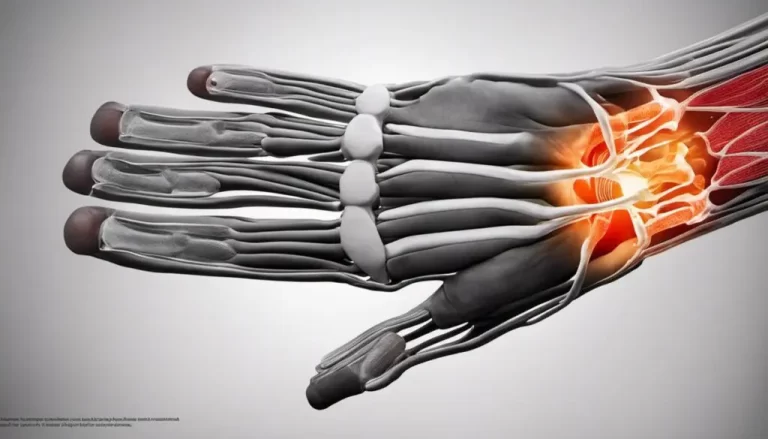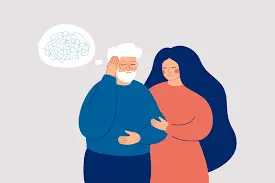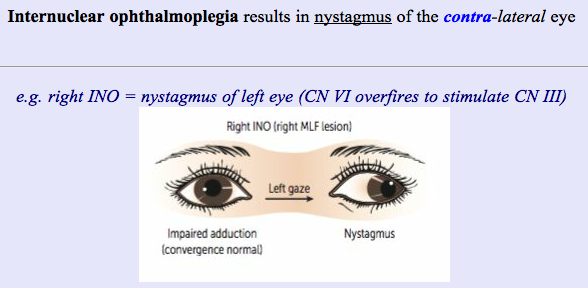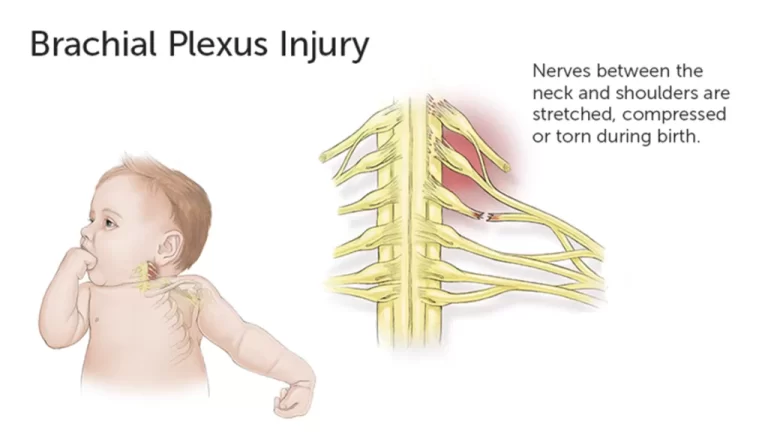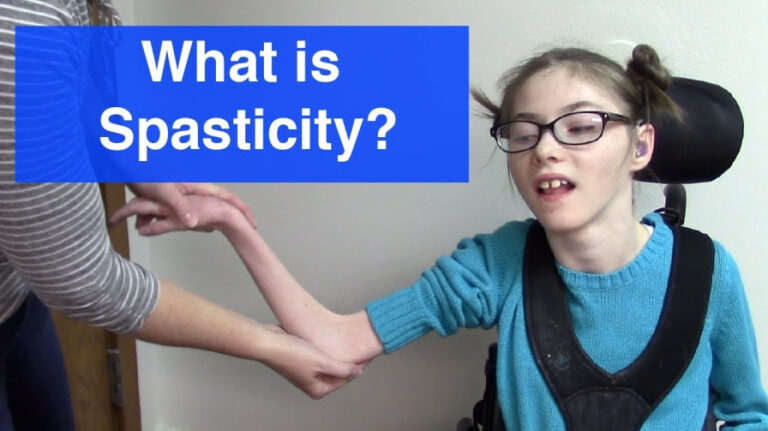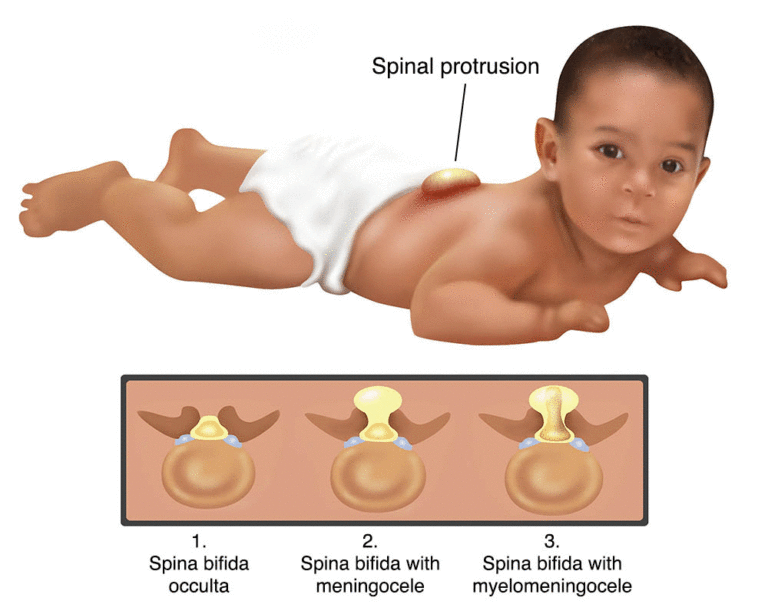Sciatica Nerve Pain Home Treatment
Introduction Sciatica is a type of nerve pain caused by irritation or damage to the sciatic nerve. It may also cause tingling or numbness in your butt or back, which may extend down your leg in addition to pain. It’s also possible for symptoms to get worse. If you have sciatica, you can feel pain…


